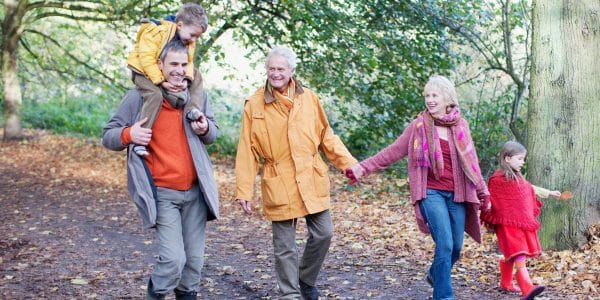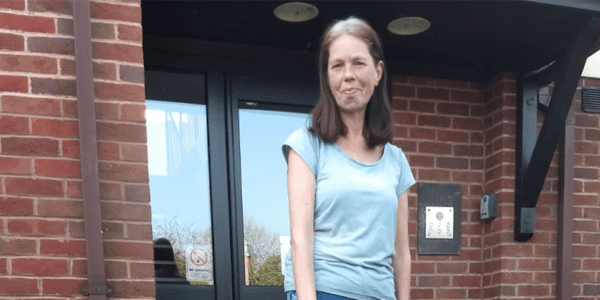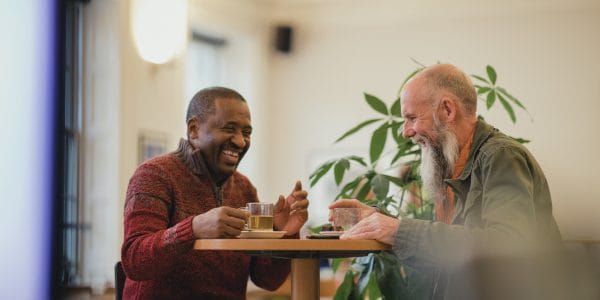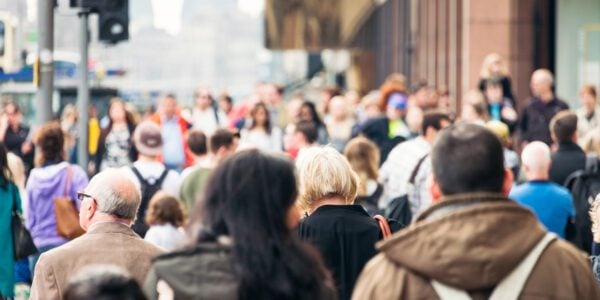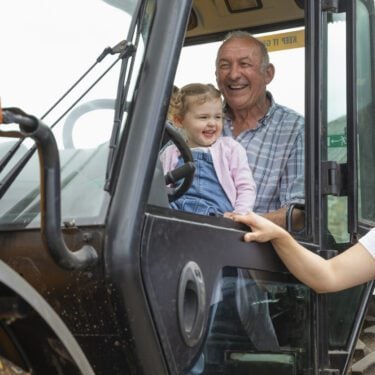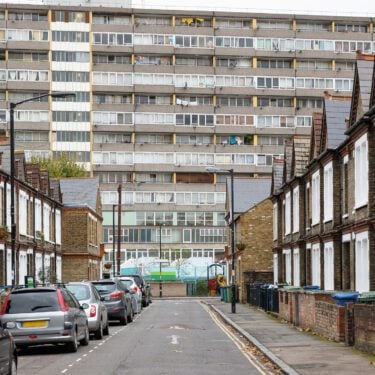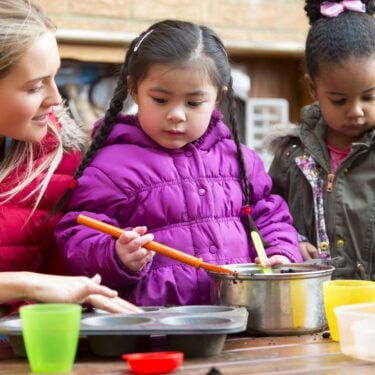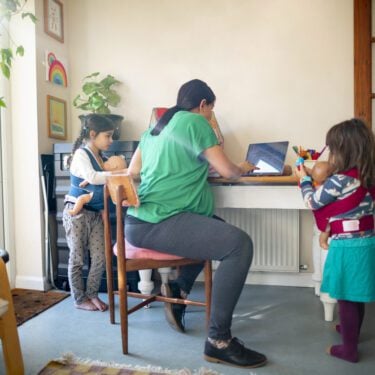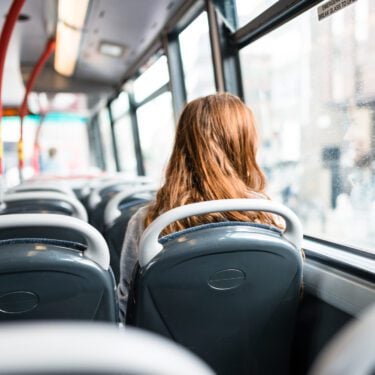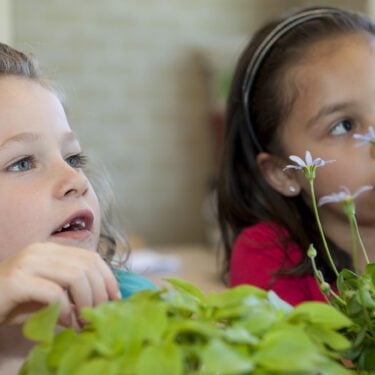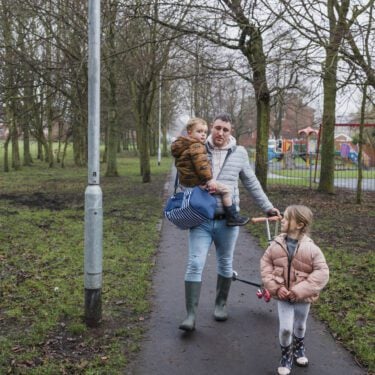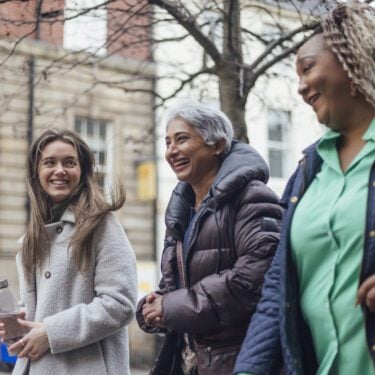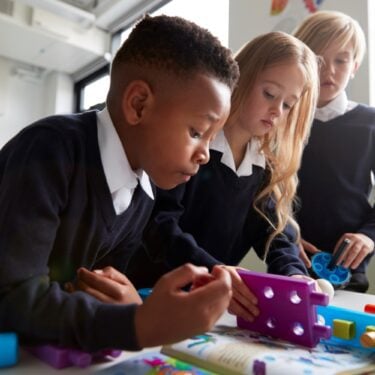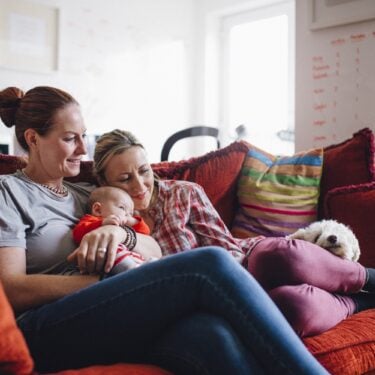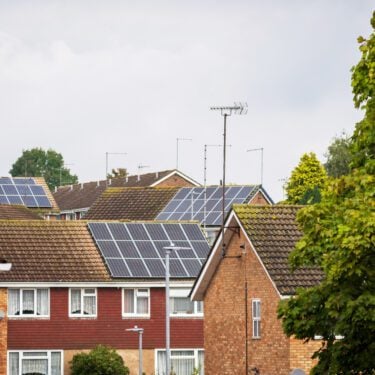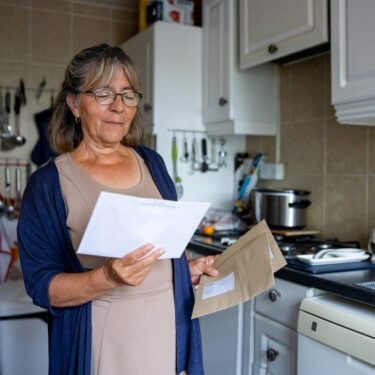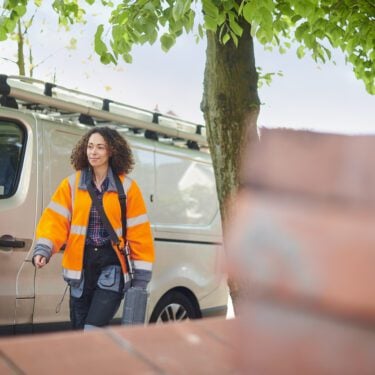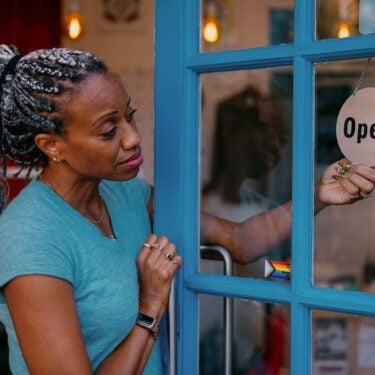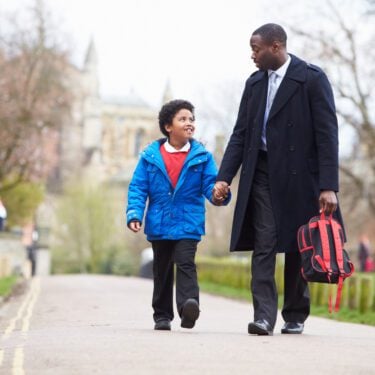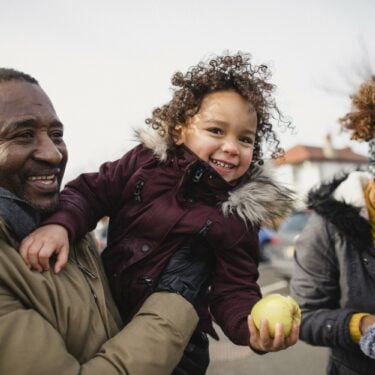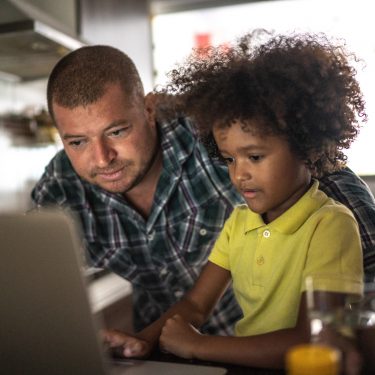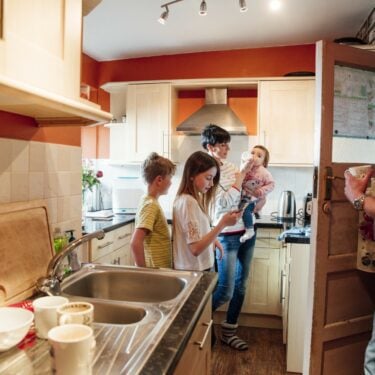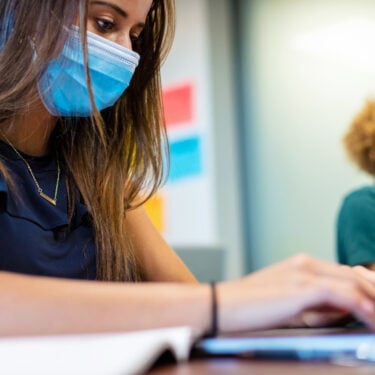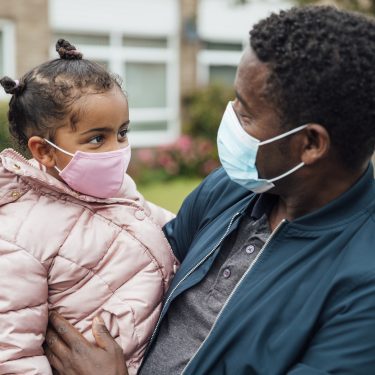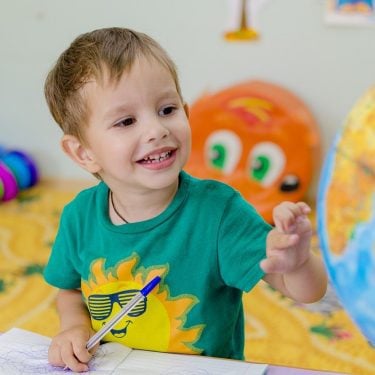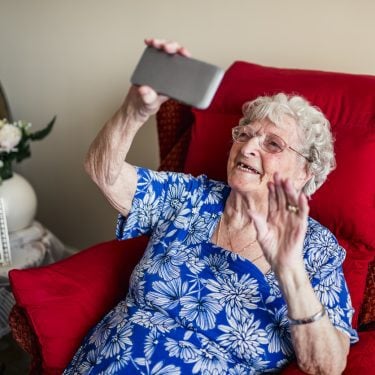
02/09/20
3 min read
The sharp fall in the number of young homeowners over the past decade, coupled with tighter lending criteria, mean that the risk of families falling into negative equity in the event of a big house price fall are far lower today than they were in the wake of the financial crisis, according to new Nuffield-funded Resolution Foundation research published today.
The report considers the risk of families falling into negative equity during the current crisis, and who is most at risk. It says that falling into negative equity can be catastrophic for families – leading to both higher mortgage repayment costs, and reducing people’s ability to move home to find new jobs.
The report notes that while all recent recessions have caused house prices to fall, they have actually risen in recent months following the suspension of housing transactions at the height of lockdown.
However, these increases are unlikely to last once unemployment starts to rise later this year, particularly as the Bank of England is not able to repeat the large interest rate cuts (which are already at historic lows) which have historically supported house prices following previous downturns. The report therefore examines the impact of the Office for Budget Responsibility’s central scenario of an 8% fall in house prices, and its downside risk of a 16% fall.
Under water finds that the risks of families falling into negative equity in the current crisis are far lower than during the last one. Under the OBR’s central scenario, just 6% of homeowners would fall into low or negative equity (here defined as less than a 10% equity stake), rising to 11% under its downside risk scenario. During the last recession, 15% of homeowners fell into low or negative equity following a 17% fall in house prices.
The Foundation says that the reduced risk is primarily due to there being far fewer young homeowners in Britain today. Decades of falling home ownership mean that there are over a million fewer families headed by someone aged under 44 and under with mortgages today than there were ten years ago.
Tougher lending criteria has also mitigated the risk of negative equity. The proportion of homeowners taking on new ‘risky’ mortgages (Loan-To-Value ratios of 90% and over) has fallen from 31% to 20% since before the financial crisis.
In combination, this means that the proportion of all homeowning families with ‘risky’ mortgages has more than halved from five to two per cent since 2006-08.
The biggest fall in the proportion of families with risky mortgages has been among 18-29 year olds, where it has been fallen from 19% a decade ago to just 6 per cent today. The risk of negative equity has as a result moved towards older households, with over half of the 130,000 households with risky mortgages today aged 30-44 (69,000).
The Foundation says that while policy makers need to be mindful of negative equity – given the severe impact it can have on those affected – it is a smaller threat than it was in either the last recession or the early 90s downturn. Instead, policy makers should look at other areas of housing stress – such as the number of private renter households who are building up arrears or the 1.9 million mortgagors who have delayed payments via mortgage holidays during this crisis. Both groups face the ongoing challenge of being able to pay their housing costs as unemployment rises in the months ahead, with the danger being there are evicted if they cannot do so.
Alex Beer, Welfare Programme Head at the Nuffield Foundation said:
“This research demonstrates the extensive reach of the economic and social implications of the COVID-19 crisis, and in particular the risks faced by 30-34 year olds who not only entered the labour market in the wake of the financial crisis but are now most likely at risk of facing negative equity. Recent regulations have limited access to risky mortgages, but this research highlights negative equity is far from being the only threat to people’s housing security, and more support is needed for those in the private rented sector who are building up arrears.”
Maja Gustafsson, Researcher at the Resolution Foundation, said:
“For many homeowners, falling into negative equity can be one of the biggest recession fears other than losing your job. It was a big problem in the last recession, when around one in seven homeowners fell into negative equity off the back of a 17% fall in house prices.
“But while it’s not yet how far house prices will fall – if at all – in the current crisis, the good news is that the risks of negative equity are smaller today.
“In part, this a welcome by-product of a far less welcome trend – millions of young families being locked out of home ownership over the past decade.
“So, while policy makers should stay mindful of negative equity, their focus should turn to new areas of housing stress, such as the financial problems building up for tenants in private rented accommodation.”
More about this project

